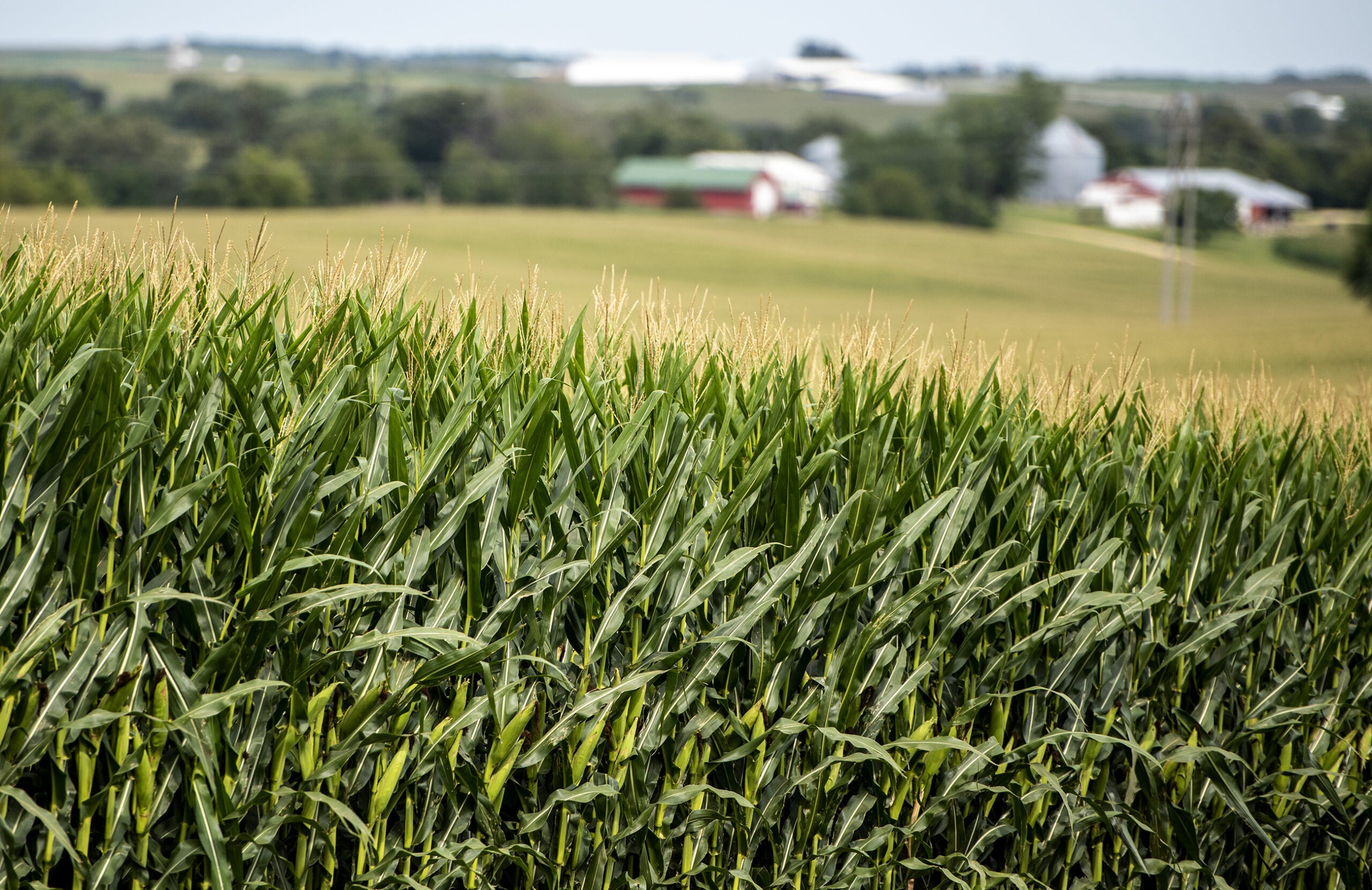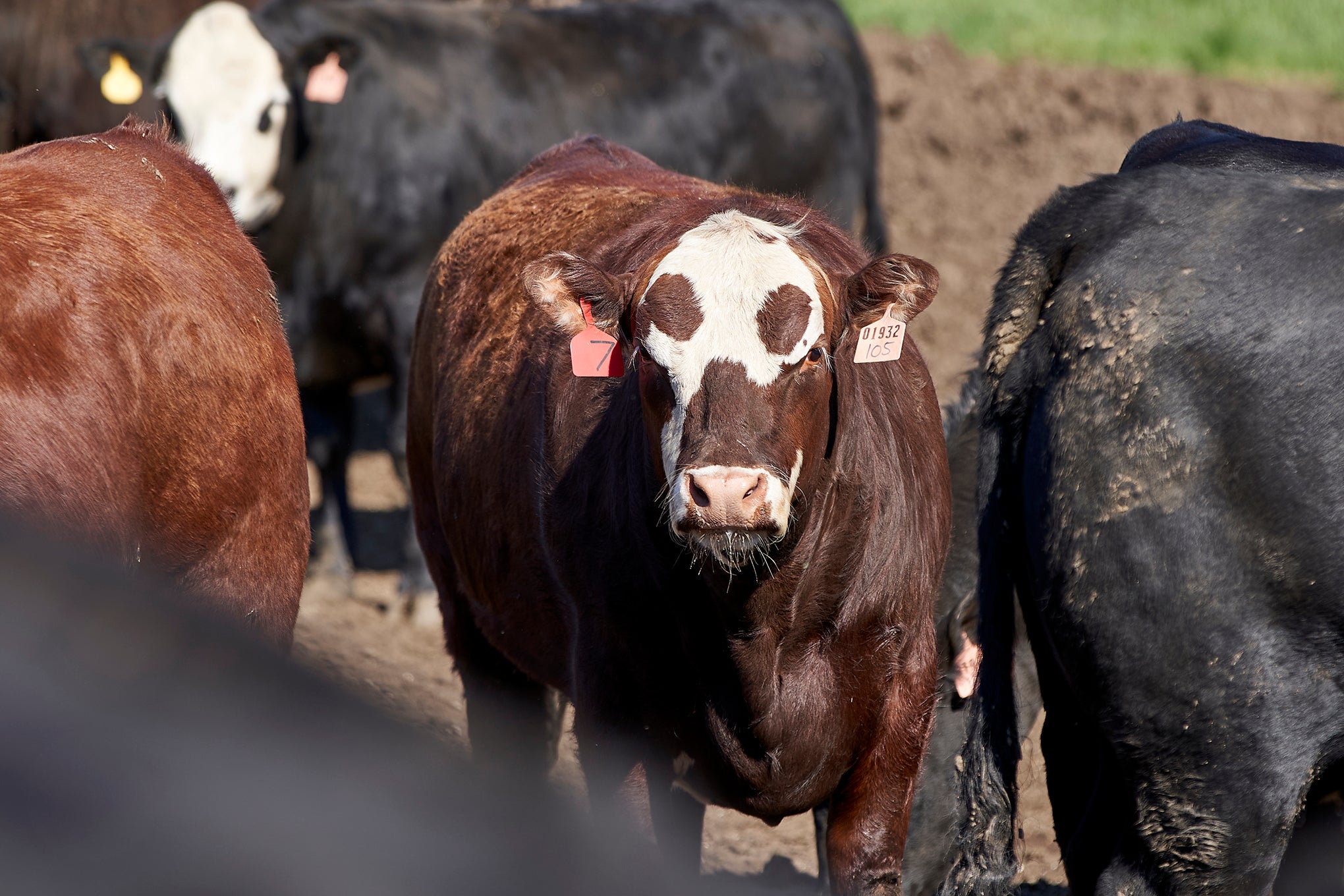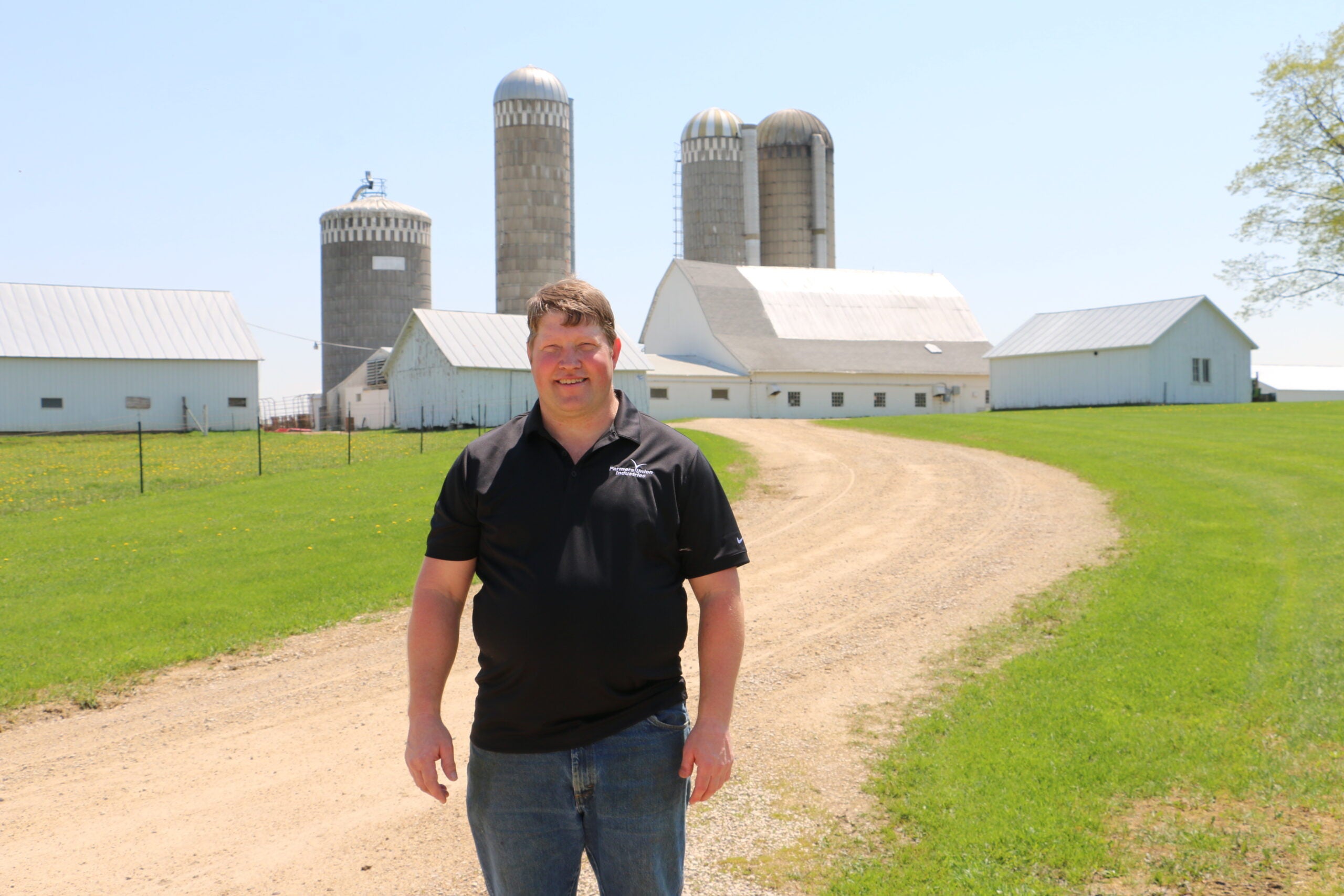The nation’s landmark climate law is providing billions to help farmers adopt practices to combat climate change and boost rural clean energy development.
Democratic U.S. Rep. Mark Pocan and State Senate Minority Leader Melissa Agard, D-Madison, said in a virtual news conference Tuesday that the nearly $370 billion Inflation Reduction Act will help farmers advance conservation practices. They pointed to nearly $20 billion provided under the law over five years that will help expand access to assistance under voluntary conservation programs, as well as almost $14 billion for clean energy development in rural areas.
“This helps fund ag policies that do things like have healthy soil, sequester carbon, cut climate pollution, improve our surface and groundwater quality … and build resilience to floods and drought that we can often have,” Pocan said.
News with a little more humanity
WPR’s “Wisconsin Today” newsletter keeps you connected to the state you love without feeling overwhelmed. No paywall. No agenda. No corporate filter.
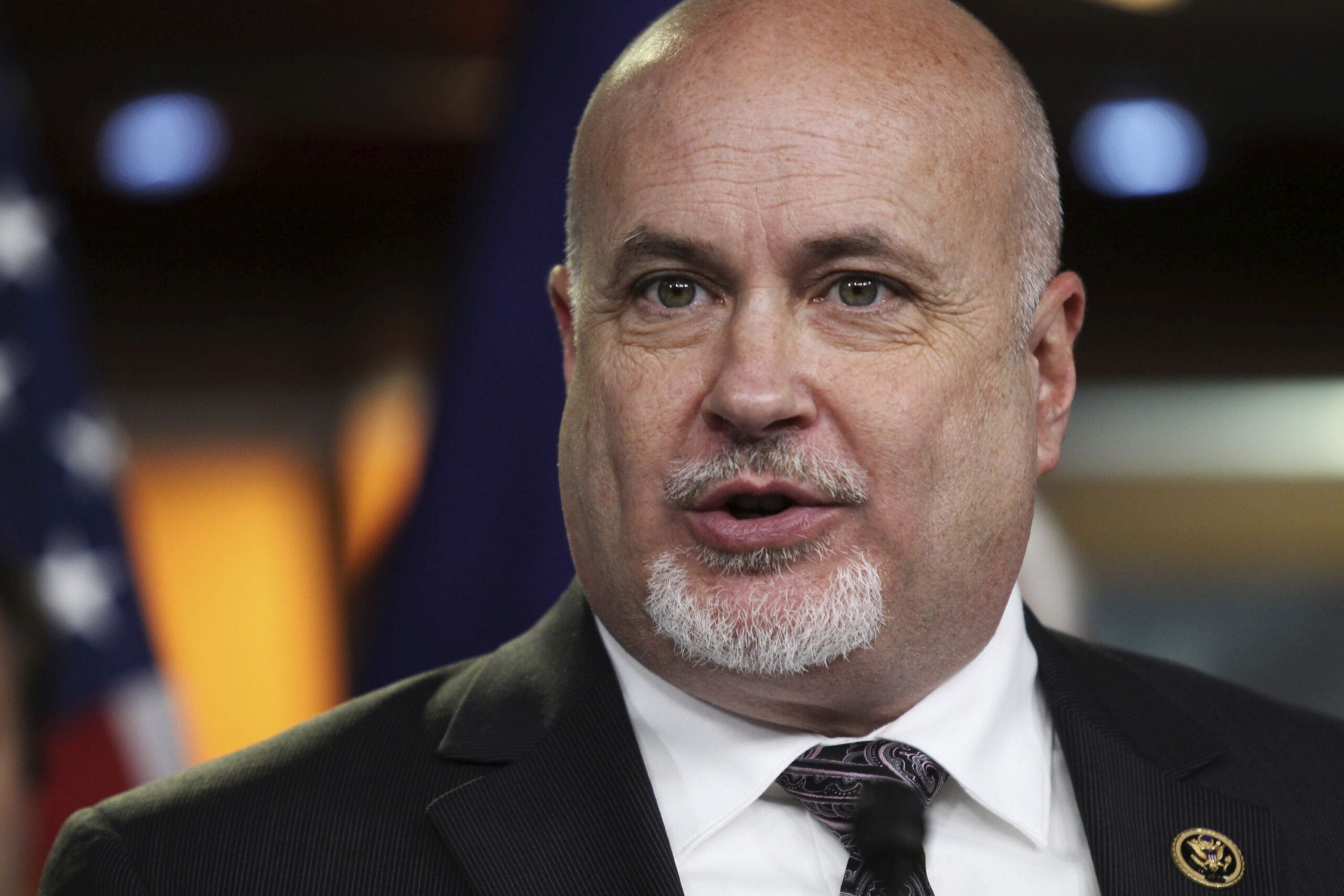
Agard said the law will benefit the state’s roughly 64,000 farms and provide “farmers with the resources that they need to support climate-friendly agriculture and conservation practices.”
Agriculture in Wisconsin contributes $104.8 billion each year to the state’s economy, according to the Wisconsin Department of Agriculture, Trade and Consumer Protection.
Wisconsin Farmers Union President Darin Von Ruden, who owns a small organic dairy farm in Vernon County, said many of the state’s farmers utilize federal programs like the Environmental Quality Incentives Program and Conservation Stewardship Program. The programs are offered through the Natural Resources Conservation Service within the U.S. Department of Agriculture.
In fiscal year 2022, federal data shows the USDA contracted with more than 1,500 eligible landowners and farmers in Wisconsin to provide roughly $49 million in financial assistance for conservation practices on around 284,000 acres of land.
However, Von Ruden said interest among farmers often outpaces available resources. On average, three farmers want to take part in USDA conservation programs for every slot that’s available, according to the Environmental Defense Fund. When money is tight, he said, a lack of federal funds often means farmers are financially unable to adopt conservation practices.

“At the end of the year, if there’s not dollars available for either continuing a farming practice or starting something new that can help the environment, it just simply doesn’t happen because those dollars are not available,” Von Ruden said.
Pocan and Agard say investments under the law for conservation programs are only a start. They say more needs to be done to address the global climate crisis as scientists are urging even deeper cuts to carbon emissions to limit warming.
On Monday, a United Nations panel of scientists called on countries to cut emissions 60 percent from 2019 levels by 2035. That’s needed to keep temperatures from rising 1.5 degrees Celsius, or nearly 3 degrees Fahrenheit, as outlined under the 2015 Paris climate agreement. The world is already likely to exceed that threshold of warming. Beyond that, scientists warn the world faces greater risk that species will go extinct, lose biodiversity in forests and coral reefs and experience rising sea levels.
“Especially now — when we’re already dealing with floods, pests and other challenges from a changing climate — it doesn’t make sense to leave these potential solutions and eager conservation partners under-resourced,” said Chelsea Chandler, climate, energy and air program director for Clean Wisconsin.
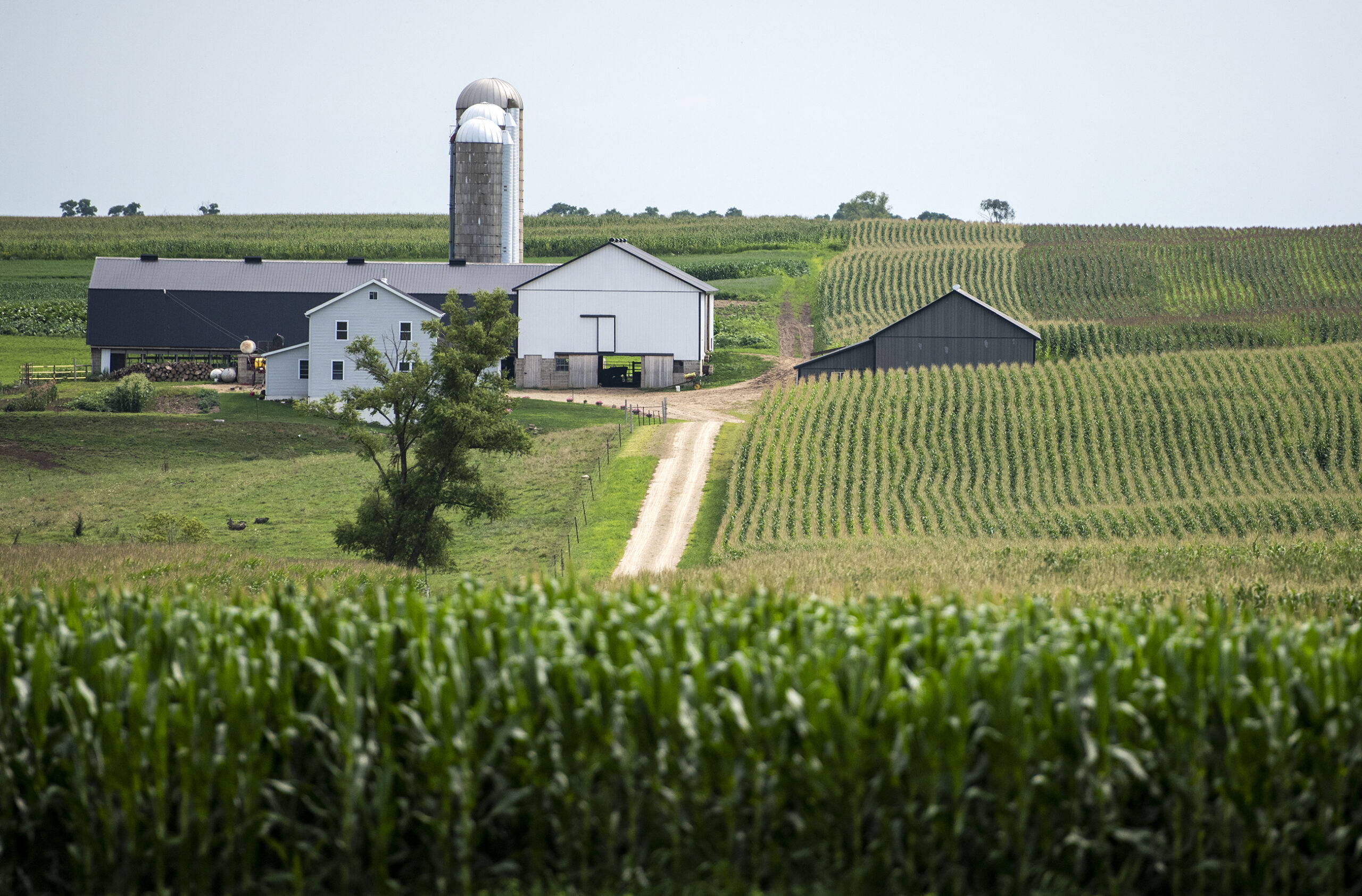
Agriculture accounted for around 11 percent of greenhouse gas emissions nationwide in 2020, according to the Environmental Protection Agency. In Wisconsin, Chandler said that pollution stems from soil loss due to erosion, use of too much fertilizer, application of herbicides and pesticides and improper livestock management.
She said USDA conservation programs can be used to plant perennial cover crops or more food-bearing trees. She said they can also be used to improve livestock grazing on properly managed grassland and pastures to benefit the environment.
Pocan said he hopes to see more investment in those programs under the next farm bill. The 2018 Farm Bill expires at the end of September. President Joe Biden’s budget would provide $1.2 billion — an increase of $208 million — to increase the use of conservation practices. It would also make the USDA’s cover crop pilot program a permanent offering.
But Pocan fears infighting among U.S. House Republicans may disrupt efforts to finish the next farm bill.
“I just don’t know what they will do as the majority party, and if they can even get a farm bill at the end of the day across the finish line,” Pocan said.
House Agriculture Committee Chair Glenn “G.T.” Thompson, a Republican from Pennsylvania, said his goal is to pass a bipartisan farm bill “on time.” Even so, he has said the government shouldn’t dictate how farms operate. He told The Hill that lawmakers need to ensure that “conservation programs remain locally-led” and don’t promote specific practices.
Wisconsin Public Radio, © Copyright 2025, Board of Regents of the University of Wisconsin System and Wisconsin Educational Communications Board.

